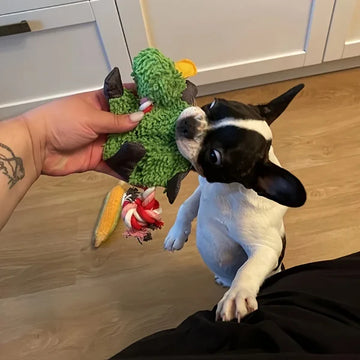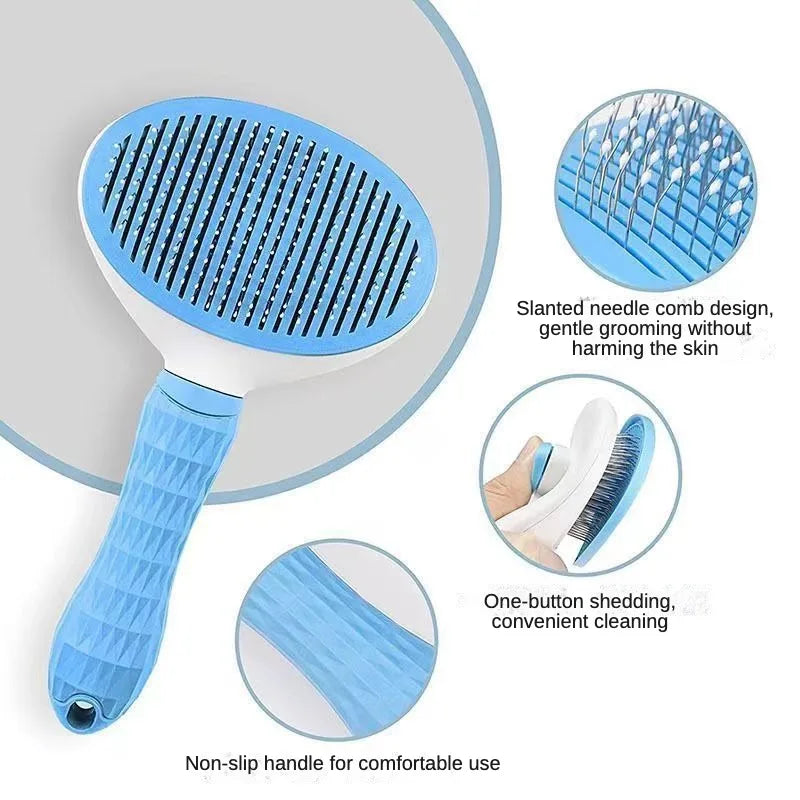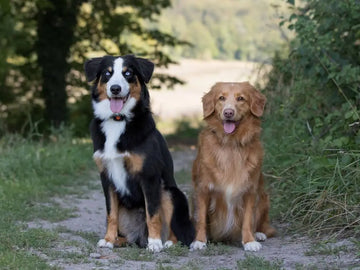Understanding When Puppy Fur Changes
A puppy’s fur is one of the first things that captures our hearts, but this fluffy layer doesn’t last forever. As your puppy matures, its coat will transition to an adult version that’s better suited for durability, temperature regulation, and protection. This process raises many questions for pet owners. When does puppy fur change, and what should you expect during this period? Let’s explore this fascinating transformation and how you can support your pup with best dog products and proper care.
What Is Puppy Fur and Why Does It Change?
Puppy fur, often softer and lighter than an adult coat, serves as a temporary layer of protection. However, as a puppy grows, this fluffy fur gets replaced by a sturdier, often more colorful adult coat. This change is necessary for adapting to environmental conditions and ensuring long-term health.
The shift to an adult coat can involve shedding, changes in texture, and sometimes even color transformations. While the timeline varies, most puppies begin this process between 3 to 6 months of age. Providing puppy supplies like soft brushes and gentle shampoos during this phase ensures a smooth transition and keeps their skin healthy.
When Does Puppy Fur Begin to Change?
The timeline for puppy fur change depends on the breed, size, and coat type. Here are general guidelines:
- Small Breeds: Often start shedding their puppy coat as early as 3 to 4 months old.
- Large Breeds: May not show signs of change until they are 5 to 6 months old.
- Double-Coated Breeds: Dogs like Siberian Huskies or Akitas often have extended transitions that last up to a year or more.
Each puppy is unique, but the best dog supplies for grooming, such as de-shedding tools or combs, can help manage this stage effectively.
Signs That Your Puppy’s Coat Is Changing
Owners often notice these tell-tale signs of coat transition:
- Increased Shedding: You might see more fur on furniture, bedding, or clothes.
- Coarser Fur Growth: New fur, especially along the back and tail, may feel rougher to the touch.
- Color Changes: Coat colors may deepen or lighten; for example, a cream-colored Poodle might develop darker apricot tones.
- Patchy Appearance: This uneven phase, known as the “awkward stage,” is common in many breeds.

Recognizing these signs is key to ensuring your puppy’s comfort. Using best dog products like high-quality detangling sprays and soft grooming brushes can ease the transition.
Stages of Puppy Fur Change
1. Shedding the Puppy Coat
The initial stage often begins with subtle shedding. This may look like thinning patches of fluff or loose fur scattered around the house. Brushing your pup regularly prevents matting and keeps their coat manageable.
2. Mixed Coat Phase
As the adult coat starts growing in, you may notice areas of coarser fur blending with the soft puppy coat. This phase can be uneven, making grooming tools essential for maintaining a neat appearance.
3. Full Adult Coat
By 6 to 12 months, most breeds will have their adult coat fully grown in. For double-coated breeds, however, this process may extend up to 2 years. The adult coat is typically denser, more weather-resistant, and may include undercoats.
Care Tips During Fur Transition
Supporting your puppy during its coat change requires attention to grooming, nutrition, and comfort:
- Grooming: Invest in grooming tools suitable for their breed. Soft brushes work well on puppy fur, while de-shedding tools help manage the adult coat.
- Bathing: Use gentle, puppy-specific shampoos to avoid irritating sensitive skin during this phase.
- Diet: Ensure your puppy’s diet is rich in omega-3 fatty acids and proteins, which promote healthy fur growth.
- Regular Brushing: Daily or weekly brushing prevents tangles and reduces shedding indoors.
Providing your puppy with puppy supplies tailored for grooming, such as soft combs or detangling sprays, will make this process smoother and more comfortable.
Coat Changes in Specific Breeds
- Golden Retrievers: Their adult coats are rich, dense, and water-resistant, typically appearing by 6 to 9 months.
- Poodles: They shift from soft curls to denser, tighter curls around 4 to 8 months of age.
- Labradors: Their double coat grows a thick undercoat for insulation around 6 months.
- Dalmatians: Spot patterns often darken and become more defined during this time.
Each breed’s fur change reflects its unique genetic adaptations, making tailored care essential.
How Long Does Puppy Fur Change Take?
The duration of the coat change varies but generally lasts several months:
- Short-Haired Breeds: Often complete their coat transition within a few months.
- Long-Haired Breeds: May take up to a year for the full adult coat to grow in.
- Double-Coated Breeds: These breeds often take longer, sometimes up to 2 years, to develop their full, lush adult coat.
Supporting your dog with best dog products like high-quality conditioners and nutritional supplements can promote healthy coat development.
Conclusion
Puppy fur change is a natural and important part of your dog’s growth. From the soft fluff of their first few months to the durable adult coat, this transition ensures your dog is prepared for life’s adventures. Proper grooming, nutrition, and attention to their changing needs will make this process seamless. Equip yourself with the right puppy supplies, and you’ll help your furry friend look and feel their best during every stage of life.









